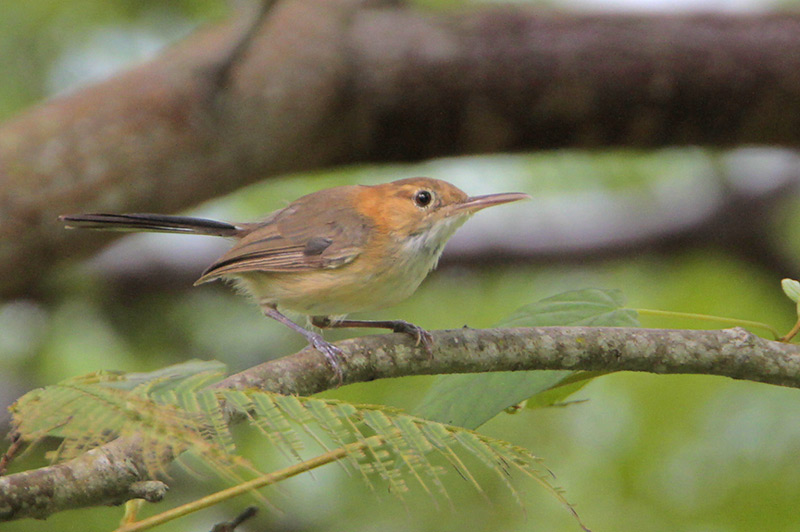
Ramphocaenus melanurus
SUBFAMILY
Polioptilinae
TAXONOMY
Ramphocaenus melanurus Vieillot, 1819.
OTHER COMMON NAMES
French: Microbate а long bec; German: Schwarzschwanz-
Degenschnдbler; Spanish: Chirito Picуn.
PHYSICAL CHARACTERISTICS
4.75 in (12 cm); .3–.4 oz (8.5–10 g). A small, distinctive bird
with a long, cocked tail and long, pale slender bill. Tawny
brown above, whitish below, with buffy wash on face, sides of
breast and flanks. Tail dusky black, with white-tipped outer
feathers.
DISTRIBUTION
Neotropical. Lowlands (to 4,900 ft [1500 m]) from Yucatan
south through Central America and northern South America to
central Brazil, also east coast of Brazil, west of Andes to coastal
Ecuador.
HABITAT
Undergrowth and thickets in deciduous forest and forest edges,
and humid forest interior; vine tangle.
BEHAVIOR
Very active. Solitary or in pairs. Song is a clear musical trill.
Male tail fanning and lateral tail movements probably function
as territorial or mate-attraction displays.
FEEDING ECOLOGY AND DIET
Forages for insects in low undergrowth, sometimes joins mixed
foraging flocks.
REPRODUCTIVE BIOLOGY
Nest is loose, deep cup of leaves, grasses and other plant materials
located near the ground. Both parents incubate the two eggs
(17 days), and feed the young. Fledging occurs after 12-15 days.
CONSERVATION STATUS
Not threatened.
SIGNIFICANCE TO HUMANS
None known.
Other popular Animals
Photo Gallery of - Long-billed gnatwren
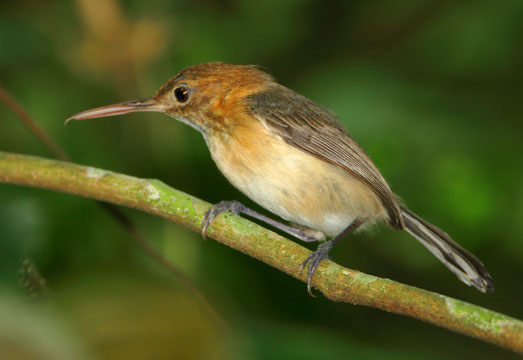
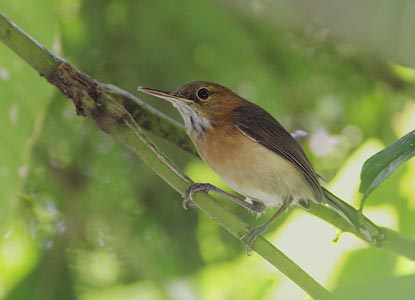
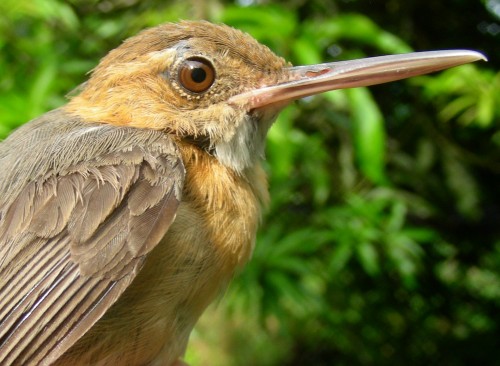
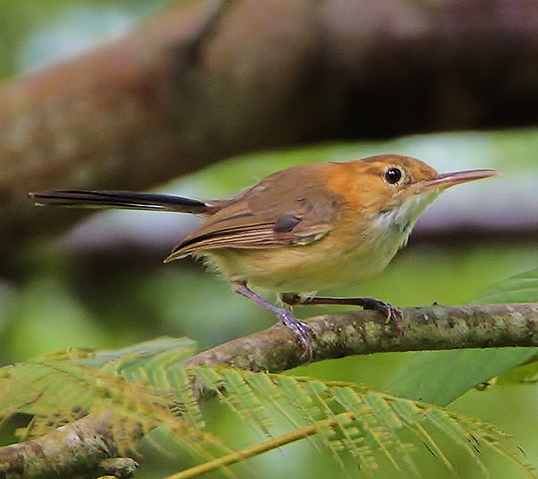
 Animalia Life
Animalia Life